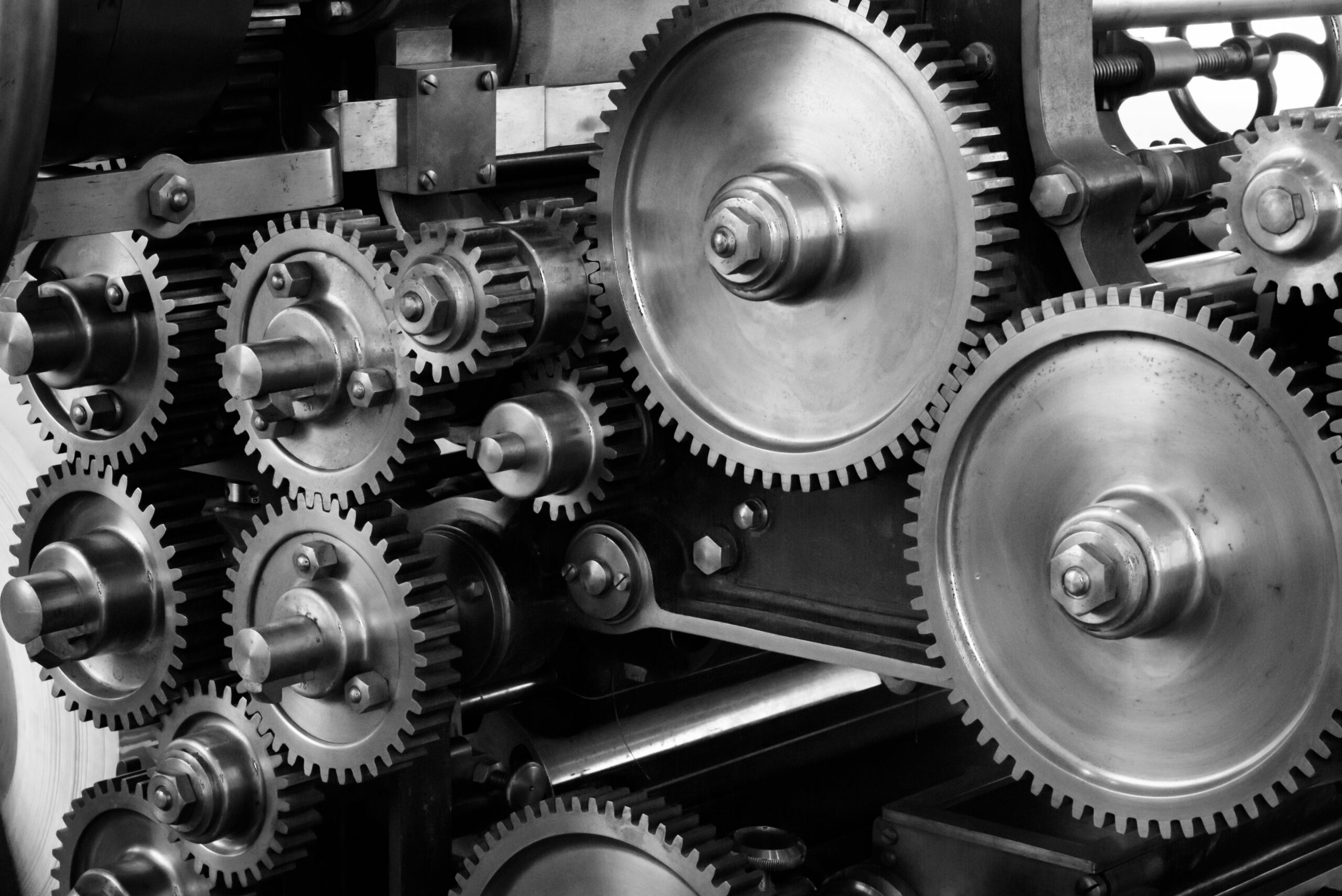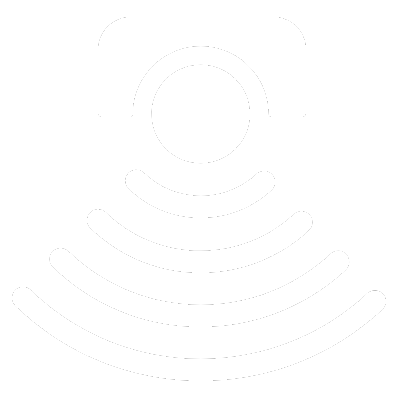
Sensing
Motors are essential components in automation, robotics, and industrial applications, converting electrical energy into mechanical motion. They come in various types, each designed for specific functions and precision levels. Common motor types include AC motors, servo motors, stepper motors, and linear motors, each offering unique advantages in terms of speed, accuracy, and control.

Industrial Automation Sensors
Sensors play a crucial role in industrial automation, enabling precise control, monitoring, and optimization of various processes. They enhance efficiency, safety, and accuracy in manufacturing, robotics, and motion control applications. Below is a detailed breakdown of key sensor types used in industrial automation:
1. Proximity Sensors
Detect objects without physical contact. Common types include:
- Inductive: Detects metallic objects using electromagnetic fields.
- Capacitive: Senses non-metallic objects by detecting changes in capacitance.
- Ultrasonic: Uses sound waves to measure distance and detect objects.
- Photoelectric: Employs light beams for object detection (detailed below).
2. Photoelectric Sensors
Photoelectric sensors use light to detect objects, measure distances, or identify changes in surface conditions. They offer high-speed response, non-contact sensing, and versatility across various materials.
Types of Photoelectric Sensors:
- Through-Beam Sensors
- Consist of a separate emitter and receiver.
- The emitter sends a beam of light, and detection occurs when an object interrupts the beam.
- Provides the longest sensing range and highest reliability.
- Retro-Reflective Sensors
- The emitter and receiver are housed in the same unit, with a reflector placed opposite.
- An object is detected when it blocks the reflected light.
- Easier to install than through-beam sensors but may struggle with highly reflective surfaces.
- Diffuse Reflective Sensors
- The emitter and receiver are in the same unit, detecting objects by the light reflected from the surface.
- Performance depends on the object’s color and texture.
- Limited Diffuse Reflective Sensors
- A variation of diffuse sensors with enhanced background suppression.
- Designed to detect objects within a specific range while ignoring background reflections.
3. Temperature Sensors
Monitor temperature variations for process control. Common types include:
- Thermocouples: Measure temperature via voltage changes in metal junctions.
- RTDs (Resistance Temperature Detectors): Use resistance changes to determine temperature.
- Infrared Sensors: Detect heat radiation from objects.
4. Pressure Sensors
Measure force exerted by gases or liquids. Common types include:
- Piezoelectric: Converts pressure into an electrical signal.
- Capacitive: Uses capacitance variations to measure pressure changes.
- Strain Gauge-Based: Uses material deformation to determine pressure levels.
5. Flow Sensors
Measure fluid or gas movement. Key types include:
- Electromagnetic: Uses magnetic fields to measure liquid flow.
- Ultrasonic: Determines flow rate using sound waves.
- Turbine: Uses rotational speed to measure flow rate.
6. Level Sensors
Monitor liquid or solid levels in tanks or containers. Types include:
- Float-Based: Uses a floating mechanism to measure liquid levels.
- Ultrasonic: Determines level by bouncing sound waves off a surface.
- Radar: Uses radio waves for precise level measurement.
